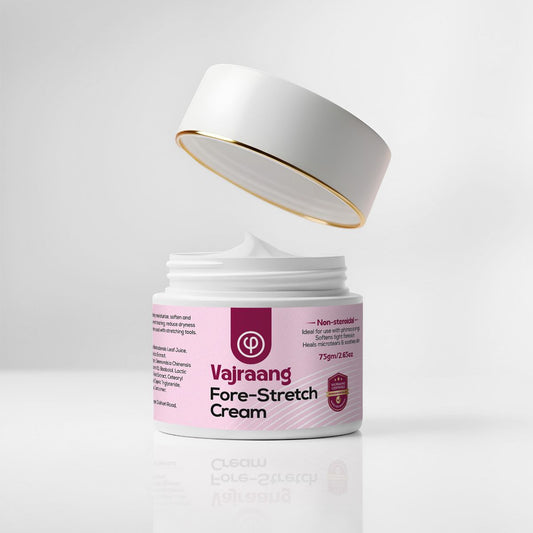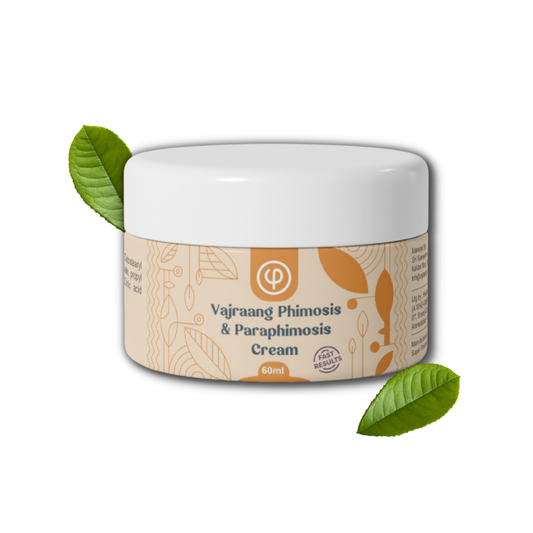Using a steroid cream for treating phimosis can be a topic of debate and concern among medical professionals and individuals experiencing this condition. While steroid creams, specifically topical corticosteroids, are sometimes prescribed as a non-surgical treatment option for phimosis, it is important to understand the potential risks and limitations associated with their use. In this article, we will delve into the reasons why using a steroid cream for treating phimosis can be considered dangerous and explore alternative approaches to managing this condition.
**1. Inadequate Diagnosis:**
One of the primary concerns regarding the use of steroid creams for phimosis is the potential for misdiagnosis. Phimosis can have various underlying causes, including congenital tightness, scarring, inflammation, or infections. If a healthcare professional prescribes a steroid cream without a comprehensive evaluation, it can lead to the improper treatment of the condition. A misdiagnosis can exacerbate the underlying issue, leading to further complications.
**2. Delayed Diagnosis of Underlying Conditions:**
Phimosis can sometimes be a symptom of other underlying medical conditions, such as lichen sclerosus, balanitis xerotica obliterans (BXO), or sexually transmitted infections. These conditions may require different treatment approaches, including specific medications, biopsies, or surgical interventions. Using a steroid cream for phimosis without a proper diagnosis can delay the identification and treatment of these more serious conditions.
**3. Potential for Masking Symptoms:**
Steroid creams work by reducing inflammation and suppressing the immune response in the treated area. While this can be beneficial for certain skin conditions, it can also mask the symptoms of underlying issues. By using a steroid cream, you may experience temporary relief from inflammation and discomfort, but this relief can be deceiving. The cream may suppress symptoms without addressing the root cause, leading to a false sense of improvement.
**4. Risk of Overuse:**
Steroid creams can be effective when used for specific dermatological conditions as prescribed by a healthcare professional. However, when individuals self-administer these creams for phimosis treatment, there is a risk of overuse. The prolonged or excessive use of steroids can result in thinning of the skin (atrophy), which can make the foreskin even more fragile and susceptible to injury or tearing.
**5. Potential Side Effects:**
Steroid creams, even when used as prescribed, can have side effects, including skin thinning, burning, and itching. When applied to the sensitive genital area, these side effects can be particularly uncomfortable and disruptive to daily life. The risk of side effects is exacerbated when the cream is used improperly or without proper medical guidance.
**6. Limited Effectiveness:**
Steroid creams are not a guaranteed solution for phimosis. Their effectiveness may vary from person to person, depending on the underlying cause and severity of the condition. Some individuals may not experience significant improvement, even after extended use. This can lead to frustration and a sense of hopelessness in individuals seeking a non-surgical treatment option.
**7. Risk of Relapse:**
Even when steroid creams appear to provide relief and allow for foreskin retraction, there is a risk of relapse. The condition may return after discontinuing the cream, requiring repeated or prolonged usage. This cycle of temporary improvement and subsequent recurrence can lead to frustration and uncertainty about the long-term effectiveness of the treatment.
**8. Potential for Resistance:**
In some cases, the continuous use of steroid creams can lead to the development of resistance, rendering the treatment less effective over time. This resistance may necessitate higher doses or more potent steroids, which can increase the risk of side effects.
**Alternative Approaches to Treating Phimosis:**
Given the potential risks and limitations associated with using steroid creams for phimosis, it's essential to consider alternative treatment options. Consultation with a qualified healthcare professional is crucial to determine the most appropriate approach based on the individual's specific condition and needs.
1. **Vajraang Phimosis Cream:**
Using mild, non-steroidal moisturizers can help reduce dryness and discomfort in the foreskin area without the potential side effects of steroids.
One such is Vajraang Phimosis Cream which can be bought by clicking this link.
2. **Phimosis Stretching Rings:**
Gradual foreskin stretching using Vajraang phimosis rings can be an effective approach to improving foreskin mobility. Stretching exercises should be done cautiously and progressively to minimize the risk of injury.
3. **Stretching using GlanPro tool:**
When using the GlanPro tool for foreskin stretching, gently stretch your foreskin to a point where it feels comfortable, and then secure it in that position. Maintain this stretched position, which keeps the glans exposed, for a duration of 10 minutes every day. To enhance exposure, you may also consider gently pouring water onto the glans during this process.
4. **Surgical Intervention:**
In cases where conservative treatments are ineffective, surgical procedures such as circumcision or preputioplasty may be recommended. These options are typically considered when the condition is severe or causing significant discomfort.
In conclusion, the use of steroid creams for treating phimosis can be dangerous due to the potential for misdiagnosis, delayed diagnosis of underlying conditions, masking of symptoms, risk of overuse, potential side effects, limited effectiveness, risk of relapse, and potential for resistance. It is essential to seek professional medical guidance and consider alternative treatment approaches to effectively manage phimosis while minimizing potential risks and complications. Each individual's condition is unique, and a tailored treatment plan should be discussed with a healthcare professional for the best outcome.

![[Danger] Should you really use a Steroid cream for phimosis?](http://vajraang.com/cdn/shop/articles/Vajraang_blog_graphic_3.jpg?v=1699368428&width=1100)




